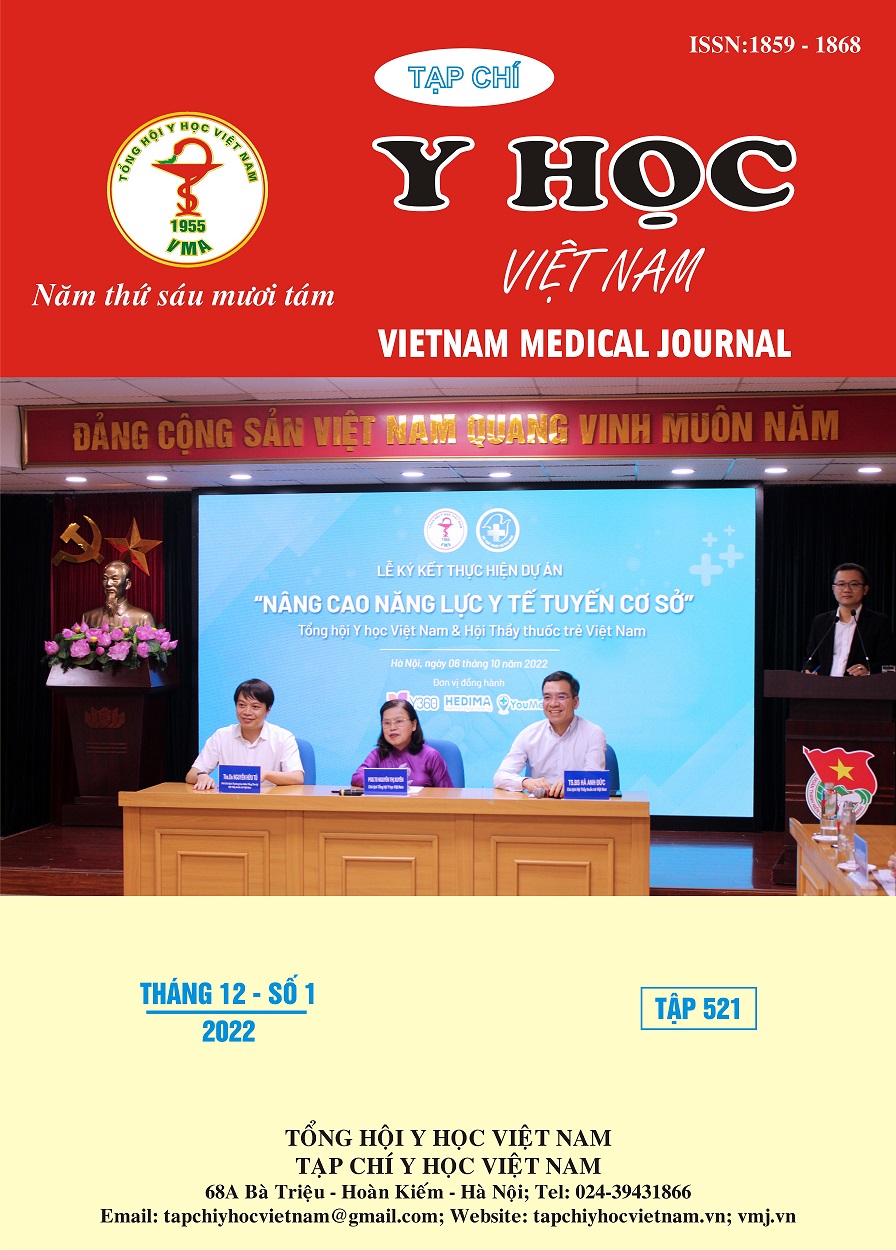SIMULATED SCENARIO DEVELOPMENT FOR ASSESSMENT OF NON-STEROIDAL ANTI-INFLAMMATORY DRUG USE TO TREAT OSTEOARTHRITIS SYMPTOMS AT COMMUNITY PHARMACY
Main Article Content
Abstract
Background: Osteoarthritis is a common disease and patients often approach the community pharmacies for self-treatment to relieve pain with painkillers such as the non-steroidal anti-inflammatory drugs (NSAIDs). Objectives: This study aimed to develop a simulated patient scenario to assess community pharmacists’ collecting information to make appropriate decisions on the use of NSAIDs for the symptomatic treatment of osteoarthritis. Materials and Methods: The study was carried out through the following steps: 1) Develop a simulated patient scenario and a checklist to assess pharmacists’ collecting information for drug selection at a community pharmacy. 2) Perform content validity 2 times by a panel of 5 experts with a rating sheet of 55 items according to 3 levels of “agree” (corresponding to 2 points), “partially agree” (1 point), “disagree” (0 points). The total score ranges from 0 to 110 points. The appropriateness of words and semantics were also evaluated by experts. 3) Trial on 12 random pharmacies in Ho Chi Minh City to complete the survey scenario and toolkit. Results: The average score of the panel was 97.4±6.8 in the first review and increased to 108.6±3.1 in the second review after the script and checlist were edited according to suggestion. Pilot results showed that the average number of drugs used were 4.3±0.8; 25% used 2 NSAIDs in one dose. Conclusion: A realistic simulated patient scenario was developed to assess the practice of NSAID dispensing at community pharmacies to treat symptoms of knee osteoarthritis. It can be used to conduct a larger scale survey of drug use in real life setting.
Article Details
Keywords
NSAIDs, simulated patient, community pharmacy, scenario
References
2. Byrne GA, Wood PJ, Spark MJ, (2018), "Non-prescription supply of combination analgesics containing codeine in community pharmacy: A simulated patient study", Research in Social and Administrative Pharmacy, 14 (1), pp. 96-105.
3. Cadet C, Maheu E, (2021), "Non-steroidal anti-inflammatory drugs in the pharmacological management of osteoarthritis in the very old: prescribe or proscribe?", Therapeutic Advances in Musculoskeletal Disease, 13 pp. 1759720X211022149.
4. Cleland JA, Abe K, Rethans JJ, (2009), "The use of simulated patients in medical education: AMEE Guide No 42", Med Teach, 31 (6), pp. 477-486.
5. Gregório J, Cavaco AM, Lapão LV, (2017), "How to best manage time interaction with patients? Community pharmacist workload and service provision analysis", Res Social Adm Pharm, 13 (1), pp. 133-147.
6. Rusu A, Chereches MC, Popa C, Botezatu R, et al, (2022), "Community pharmacist's perspective regarding patient-centred communication in conjunction with pharmaceutical practice: A cross-sectional survey", Saudi Pharmaceutical Journal, pp.1-18.


